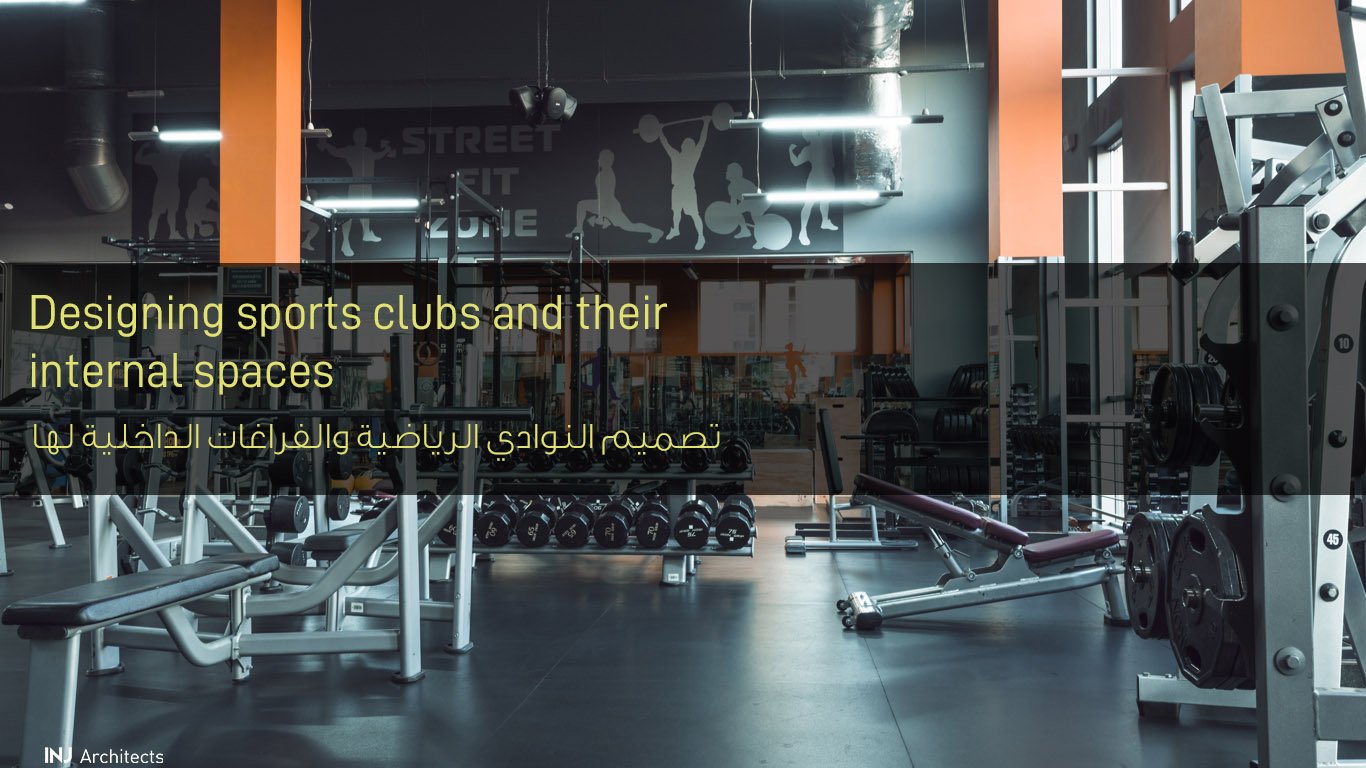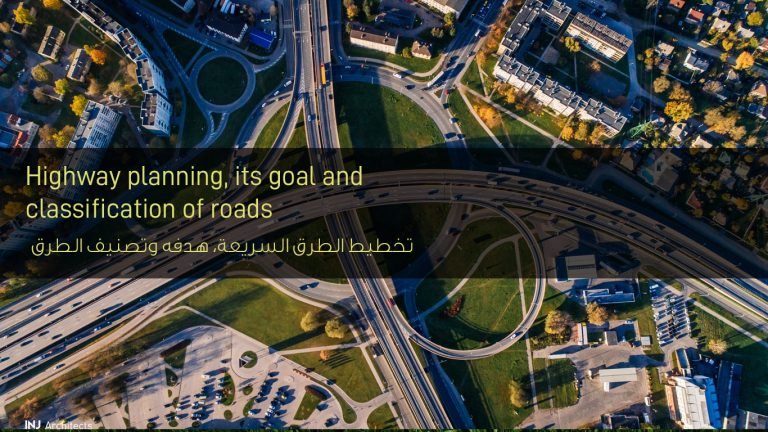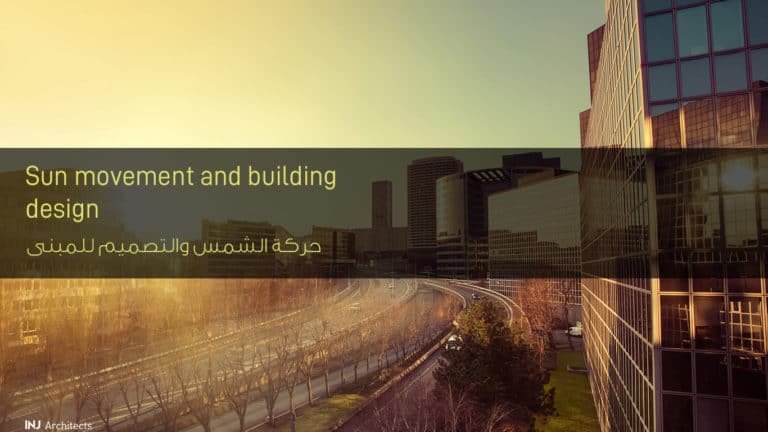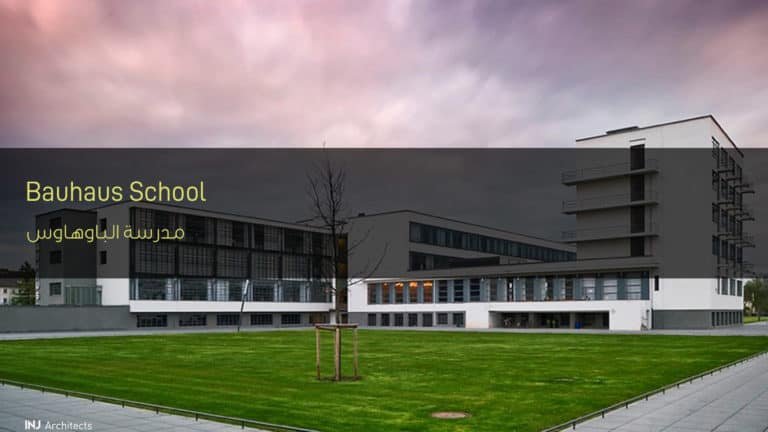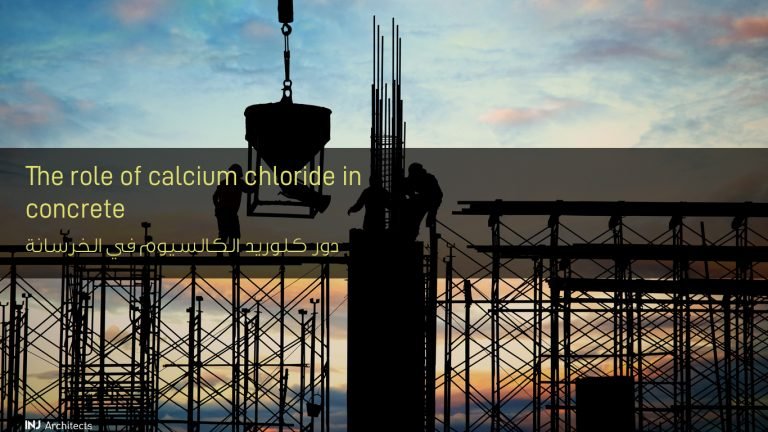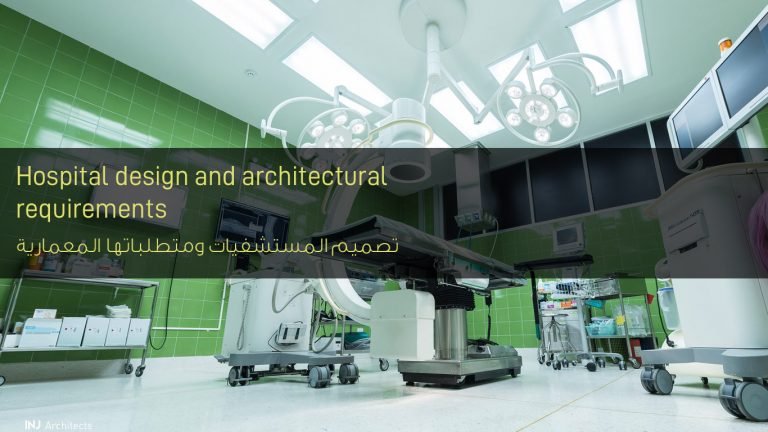Designing sports clubs and their internal spaces
The design of sports clubs and their internal spaces and the importance of architectural relations in them
When you think about architecture, the first thing that most people think of is the huge skyscrapers they see in the city center on their way to work. Huge buildings with stark windows call out the magnificent architecture at you. Some may think of luxury homes with some great architectural features. However, have you ever stopped thinking about the progress these sports fields and clubs are now? Architecture deepened in the world of sports, and entered into the design of sports clubs, where cities provided designs for clubs and stadiums very impressive present themselves with advanced technologies.
An example is ers 49 Levi’s Stadium in San Francisco, which was built in 2014. Basically smart. About 70,000 fans can participate in the square and connect to Wi-Fi and 4G while enjoying the game. There is a stadium-compatible app that allows fans to do multiple things, including knowing where the nearest bathroom is and how long to wait.

Do you want food but do not want to leave your seat? No problem, because the app allows fans to even order food from their seats and bring them to them. It is fitting for the stadium to be crowded with innovative features that allow fans to enjoy the game’s atmosphere. Regardless of technological advances, Levi’s design allowed them to have a museum, an expandable outdoor venue, and the largest seating area.
With technology always changing, we can expect to see more unusual stadiums and clubs. Architectural designs will now enjoy more entertainment close to a densely populated city. There is a lot of creativity that extends to designing a building made for thousands of people. The stadium design used to be only for those who like sports and watching the game. Now architects have to figure out how to make the design appealing to sports fans and non-sports fans. While it’s not difficult to do this, we can definitely expect more innovative and striking street designs.
Read also: Islamic architecture elements and buildings
The foundations of the design of the current sports clubs:
One of the foundations of planning public sports facilities is choosing the location and accessibility away from residential neighborhoods taking into account future population density and knowing the projects that will be held next to the club, in addition to that the means of transportation and ease of access to the place with the study of the maximum traffic pressure in the days of official matches.
The design of sports clubs in terms of facilities summarizes a number of basic divisions that must be taken into account when starting the implementation of architectural plans, as follows:
Sports – waiting hall – dining halls – stores – administration offices and employees and their assistants where the job work for each individual differs from one club to another and affects the size of the club and the degree of application of the systems in it and its paper – parties rooms – hallways and halls and corridors – toilets for men and women – rooms Change of clothes.
Reception hall:
It is an indispensable necessity in a gym building, as it is the backbone of this building and its foundation makes the building comfortable for the user and it contains queries and roads for toilets and vertical communication elements (stairs and elevators).
Lounges:
The lounges are the main place used for stopping and crossing for people or groups who are waiting for their role to participate in the activities of the aforementioned building and are rarely used for long waiting ‘nor are they for hiking, discussions or long sitting where chairs and seats are placed in it for a short break and is supposed to This foyer is to have a relatively small area on the one hand and not furnished with expensive furniture on the other side ‘while it connects to this foyer directly to other corridors leading to the drinks room and its seats.
We also find that this hall contains other corridors leading to the dining room, toilets for men and women, and the room for storing and hanging them ‘in addition to the corridors leading to the corridor connected to the locker rooms
Read also: Kaaba measurements and the golden ratio
Restaurant:
We need in most public buildings for food and beverage catering units served by a kitchen of different sizes and equipment depending on the intensity of use and its duration.
The first thing the architect is concerned with in designing public kitchens is to create a clean and sanitary architectural void where the mistakes of the architectural design may cause the creation of the appropriate environment for the accumulation of soil or the presence of insects in the corners and parts that are difficult to clean or reach.
And due to the special nature of the activities practiced inside the kitchen vacuum, it is a source of high temperature and humidity, and sometimes a source of noise, so the architect must achieve appropriate environmental conditions and that by isolating the thermal sources and providing chimneys for the exit of vapors.
For example, a pyramid-shaped metal cover must be placed to absorb vapors with special oil filters to prevent them from coming out with the vapors or condensing them on walls and kitchen ceilings. As for the noise, the most troublesome activities, such as washing utensils and tools, are separated so that sounds from them can be isolated architecturally and industrially.
Bathrooms:
Toilets are sanitary units that collect horizontally and vertically in an effort to save costs. And a group of toilets should be located near the entrances in all its forms so that its locations can be easily identified without being exposed from the entrance. As for the sites of other groups, it is preferable to be near the stairs and at the end of the roads, for several reasons:
• Putting the restroom next to the stairs allows it to be used for more than one floor – if the number of beneficiaries is not large – for the women’s toilet to be on one floor and the men’s course on another floor, as the presence of stairs next to the courses is easy to use on two successive floors.
Toilets must be available, such as floors and walls, to prevent water absorption – from granite, marble, ceramic or faience – and that is when the bathrooms and bathrooms are exposed to vapors and fumes.
It also has top openings for lighting and ventilation, in addition to fans, sanitary napkins, paper and a mirror for decoration
It is preferable to light the bathrooms and ventilate them with natural ventilation as the sun enters them due to the deadly bacterial effect. And the best location for these units is (the tribal side) … directly to the outside or to special maneuvers, which can contain sewer and drainage pipes and have an area of no less than (1 x 1.5) square meters.
It should also be taken into account that water baths are available for use for people with special needs, which in turn are broader than healthy baths.
Sports Club Design Standards:
– When designing sports clubs, if the club is exposed and the designer wants to implement sports stadiums, it is necessary to direct the axis of the stadium to ensure that the sun is behind the spectators.
– It gives a tendency to places to stand and sit so that the viewer can see the stadium without being intercepted by the ranks of the spectators and thus given
The stands have parabolic shape because they achieve the best visibility conditions in the longest sides.
The width of the steps and the entrances is calculated on the basis of a dense and rapid discharge to the public according to the rule used to calculate the degree of width
Width of degree in meters = number of places / time of unloading in seconds x 1.25
Some stadium surfaces and design standards for each stadium:
All stadiums The large axis of the stadium must be directed from north to south or the large axis in the northeast direction
First: the football field
It is a rectangle of 105 meters long and 70 meters wide and the natural gospel floor – the industrial gospel.

Second: the handball field
The stadium is a rectangle 40 meters long and 20 meters wide. And the floor is tartan.
Third: Basketball
– A rectangular phrase 26 meters long and 14 meters wide by ground or stone tiles
Fourth: Volleyball
The stadium is a rectangle 18 meters long and 9 meters wide.
– The net is 1 meter deep, 9.50 meters long, 2.55 meters high, and the floor is sand and red tart acrylic.
Fifth: Tennis
– The stadium is a rectangle of 23.80 meters long and 8.23 meters wide, the net height in the center is 91.5 cm, and the stadium’s floor is tartan.
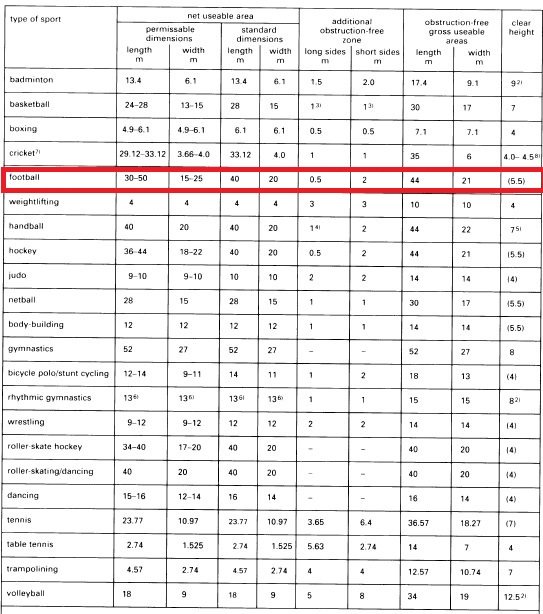
المصادر والمراجع: archinect | E. Mohammad Zahran

